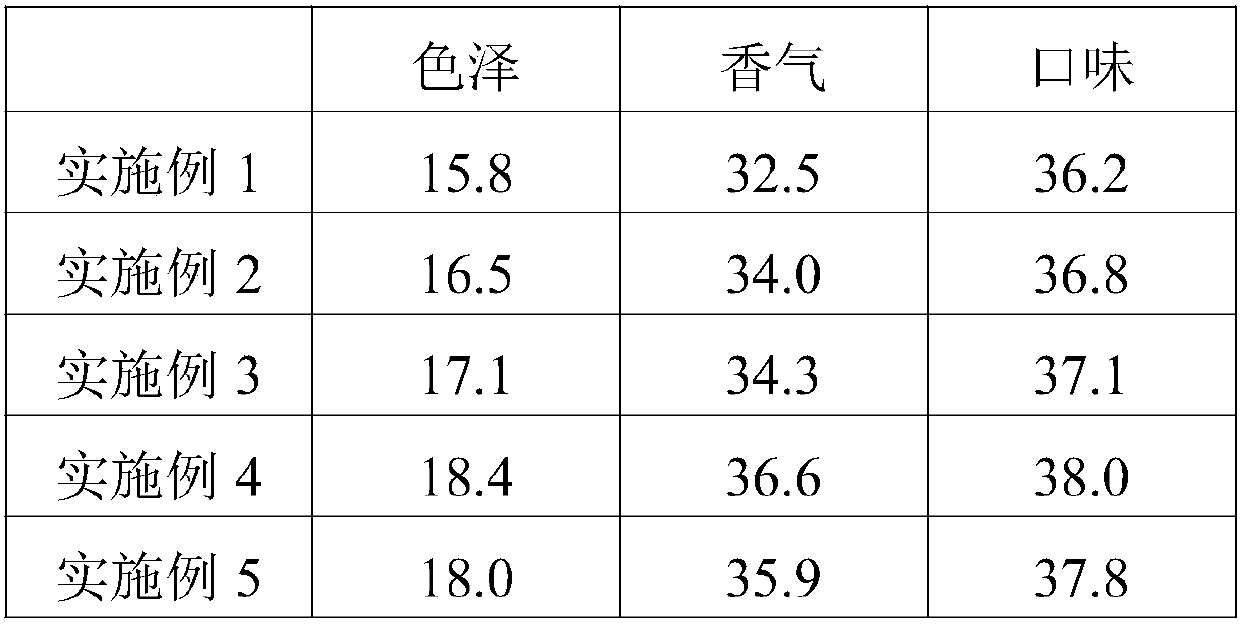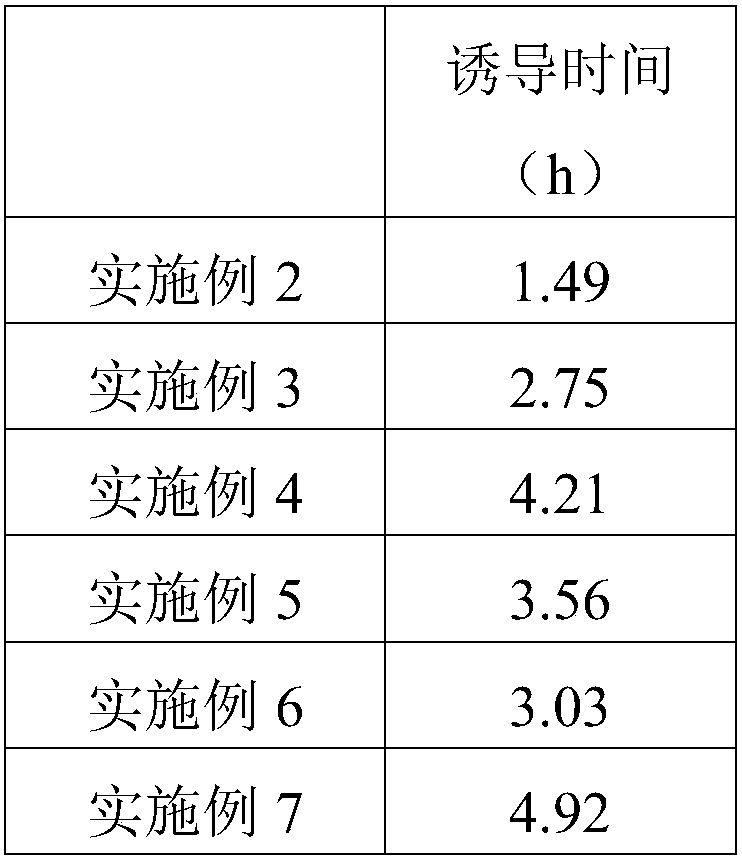Cold noodles and making method thereof
A production method and technology of Liangpi, applied in the functions of food ingredients, food ingredients containing natural extracts, food science, etc., can solve the problems of single nutrition, etc., and achieve the effect of high gluten content, full taste and full fragrance
- Summary
- Abstract
- Description
- Claims
- Application Information
AI Technical Summary
Problems solved by technology
Method used
Image
Examples
Embodiment 1
[0064] The making method of Liangpi comprises the following steps:
[0065] S1 kneading dough: mix flour and water at 30°C, the weight ratio of flour and water is 2:1, knead for 15 minutes to get moderately soft and hard dough; let the dough rest for 30 minutes, divide into 800g the dough;
[0066] S2 face washing: place the dough obtained in step S1 in water, the mass ratio of dough to water is 3:1, knead and wash repeatedly by hand at 25°C, starch dissolves into the water to form a noodle slurry; separate the noodle slurry from the remaining solids Continue to wash the remaining solid with water, 90g of water for each washing, after washing 6 times, no starch dissolves, and the water remains clear;
[0067] S3 Precipitation: Combine the noodle slurry obtained in step S2, let it stand at 25°C for 8 hours, discard the upper layer of clear water, and collect the bottom slurry;
[0068] S4 filtering: the bottom slurry obtained in step S3 is filtered with a 100-mesh filter clot...
Embodiment 2
[0077] The making method of Liangpi comprises the following steps:
[0078] S1 kneading dough: mix flour and water at 30°C, the weight ratio of flour and water is 2:1, knead for 15 minutes to get moderately soft and hard dough; let the dough rest for 30 minutes, divide into 800g the dough;
[0079] S2 face washing: place the dough obtained in step S1 in water, the mass ratio of dough to water is 3:1, knead and wash repeatedly by hand at 25°C, starch dissolves into the water to form a noodle slurry; separate the noodle slurry from the remaining solids Continue to wash the remaining solid with water, 90g of water for each washing, after washing 6 times, no starch dissolves, and the water remains clear;
[0080] S3 Precipitation: Combine the noodle slurry obtained in step S2, let it stand at 25°C for 8 hours, discard the upper layer of clear water, and collect the bottom slurry;
[0081] S4 filtering: the bottom slurry obtained in step S3 is filtered with a 100-mesh filter clot...
Embodiment 3
[0095] The making method of Liangpi comprises the following steps:
[0096] S1 kneading dough: mix flour and water at 30°C, the weight ratio of flour and water is 2:1, knead for 15 minutes to get moderately soft and hard dough; let the dough rest for 30 minutes, divide into 800g the dough;
[0097] S2 face washing: place the dough obtained in step S1 in water, the mass ratio of dough to water is 3:1, knead and wash repeatedly by hand at 25°C, starch dissolves into the water to form a noodle slurry; separate the noodle slurry from the remaining solids Continue to wash the remaining solid with water, 90g of water for each washing, after washing 6 times, no starch dissolves, and the water remains clear;
[0098] S3 Precipitation: Combine the noodle slurry obtained in step S2, let it stand at 25°C for 8 hours, discard the upper layer of clear water, and collect the bottom slurry;
[0099] S4 filtering: the bottom slurry obtained in step S3 is filtered with a 100-mesh filter clot...
PUM
 Login to View More
Login to View More Abstract
Description
Claims
Application Information
 Login to View More
Login to View More - R&D
- Intellectual Property
- Life Sciences
- Materials
- Tech Scout
- Unparalleled Data Quality
- Higher Quality Content
- 60% Fewer Hallucinations
Browse by: Latest US Patents, China's latest patents, Technical Efficacy Thesaurus, Application Domain, Technology Topic, Popular Technical Reports.
© 2025 PatSnap. All rights reserved.Legal|Privacy policy|Modern Slavery Act Transparency Statement|Sitemap|About US| Contact US: help@patsnap.com



